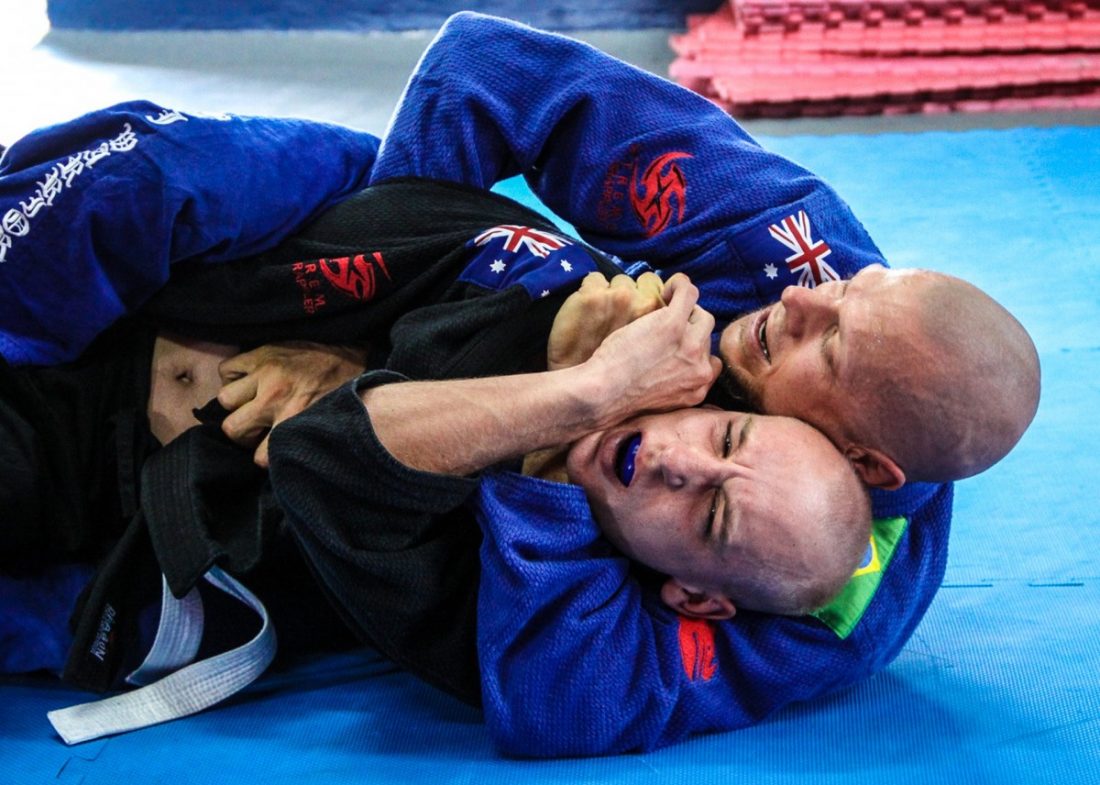A chokehold is the act of applying pressure towards a person’s neck to reduce or prevent the flow of air and sometimes the flow of blood to the brain. According to Self Defense Tutorials, an “air choke” is far more painful and dangerous than a “blood choke.” The United States law enforcement agencies tend to use chokeholds or neck restraints to make combative people unconscious. The aggressive use of neck restraints are dominating, intimidating, and life-threatening since they slowly diminish the ability of inhalation and exhalation for a human being and restrict the flow of blood.
There has been a great amount of controversy over law enforcement using chokeholds when attempting to detain people. This is because there have been several people who have died when neck restraints were used in their arrest. One step of proper training is recognizing unconsciousness, so it won’t lead to someone’s death sentence. There are far too many people from all over the United States that passed away while being detained due to chokeholds.
8 Minutes and 46 Seconds
George Floyd was a consistent shopper at Cup Foods, a convenience store located in Minneapolis. On May 25th, 2020, Floyd was using a counterfeit bill to pay for his items. An employee from Cup Foods followed protocol by calling the police. Two police officers shortly arrived and by then Floyd was sitting in a car with two other people. The officers walked towards the vehicle and one of the officers, Thomas Lane, immediately pulled out his gun and ordered Floyd to put his hands up. According to prosecutors, Lane put his hands on Floyd, and forced him out of the car. After Floyd was handcuffed, he started cooperating which led the officers to explain why he was getting arrested. As the officers led Floyd to the patrol car, he stated how he was claustrophobic. After attempting to place Floyd in the patrol car, Derek Chauvin, the other officer, forced Floyd away from the passenger side which led him to fall face-down on the ground. Chauvin then used his left knee to put him into a chokehold. George Floyd’s last words were “I can’t breathe.” Chauvin’s knee was on Floyd’s neck for a total of 8 minutes and 46 seconds until he died.
There was video footage that circled around several social media platforms displaying the arrest and death of George Floyd.
According to a report by NBC, in Minneapolis, the police used neck restraints at least 237 times since 2015 and rendered 44 people unconscious through this technique.
Why Banning Chokeholds in the Police Force is not Enough
Officers practice the chokehold technique by using their arm or leg to restrain someone’s neck when suspects are not complying with them. Several states and cities are attempting to ban chokeholds or put policies in place to end the deaths caused by the use of chokeholds. But is prohibiting neck restraints enough?
Police brutality is alive and well. Banning chokeholds is one step that will contribute to the ending of police brutality, but it is not enough to end it as a whole. A nationwide prohibition on neck restraints will not lead to more prosecutions but to better outcomes, Richard Emery, chair of the Civilian Complaint Review Board, stated when it reviewed the use of chokeholds in New York City. The best way to prevent death or serious bodily injury is if Congress bans chokeholds nationwide; however, there still is a high chance that law enforcement may not comply.
